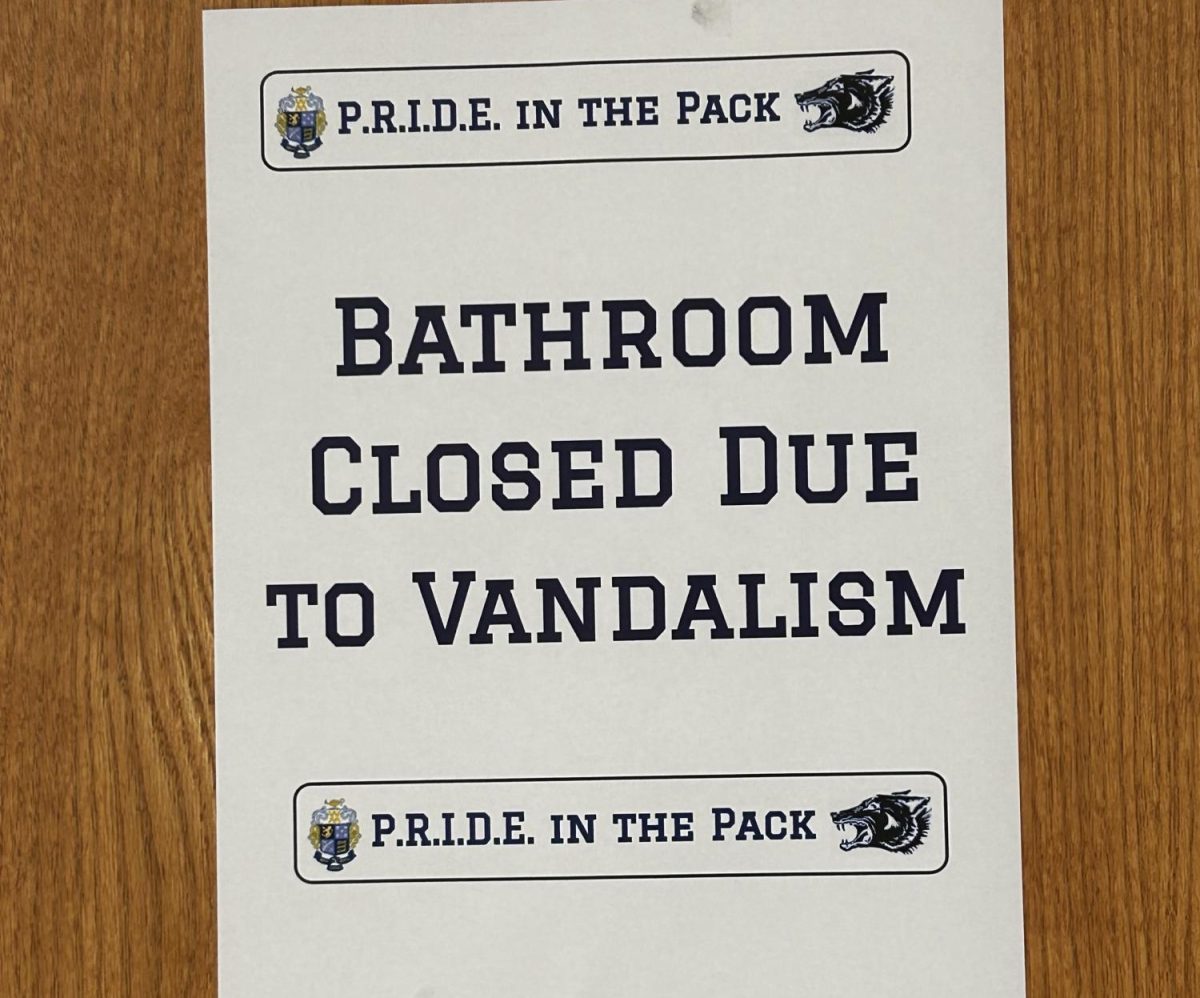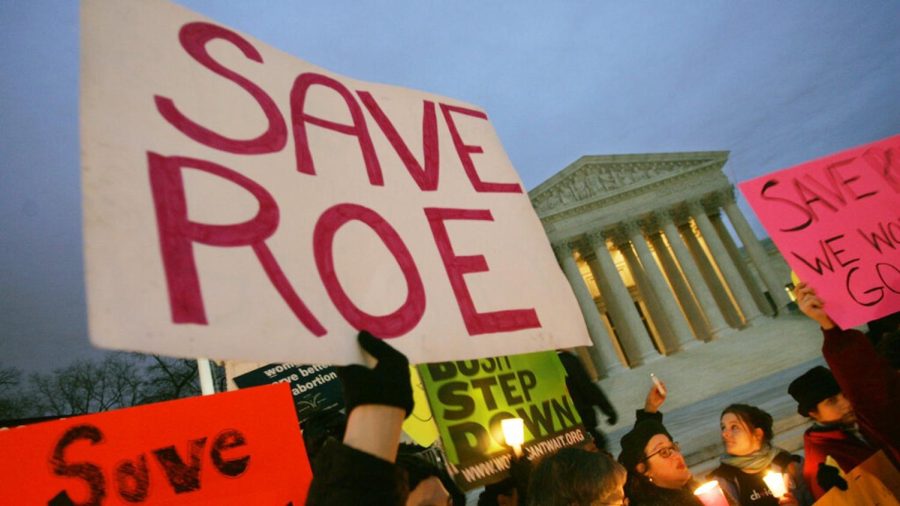Roe vs. Wade, what’s REALLY going down?
Concerns regarding women’s bodily autonomy have become a recent controversy when a Supreme Court opinion draft was obtained and released via Politico. Written by Justice Samuel Alito, the document contains “a full-throated, unflinching repudiation of the 1973 decision which guaranteed federal constitutional protections of abortion rights and a subsequent 1992 decision — Planned Parenthood v. Casey — that largely maintained the right.” The Supreme Court decision in 1973 ruled that the Constitution of the United States will protect people who are pregnant’s liberty to choose to have an abortion without excessive government restriction.
Although these decisions have been in place less than 30 years, politicians have wasted no time finding loopholes in which they can enforce restrictive bans on abortion. Most recently, NPR reported that Oklahoma’s governer has just recently signed the most restrictive abortion ban in the U.S. “making the state the first in the nation to effectively end availability of the procedure.”
And, it’s not just abortions being contemplated, it’s contraceptives, birth control, sterilization, and other forms of reproductive health care. According to a study done by Laura E. T. Swan titled “The impact of US policy on contraceptive access: a policy analysis,” “In the United States, nearly half of pregnancies are unintended, and a majority of reproductive-aged women are at risk of unintended pregnancy. Although correct and consistent use of contraception reduces the risk of unintended pregnancy to 5%, many Americans face challenges to accessing contraception, citing barriers such as affordability, shame or embarrassment, and difficulty physically reaching services” She further states that, ” Two key US policies related to contraceptive access, the Affordable Care Act and Title X of the Public Health Services Act, have sustained many changes across the past decade. These policies have increased contraceptive access in the United States by dedicating funding to family planning availability and affordability and increasing insurance coverage for contraceptive care. However, recent changes to these policies threaten contraceptive access and reproductive autonomy. There is a need for continued research regarding the ways that policy influences reproductive autonomy and a need for practice and policy action to improve contraceptive access.”
If Roe vs. Wade is overturned, it will legally allow states to ban abortion after as low as six weeks of pregnancy, which is long before people can even realize they are pregnant. Lamaze International wrote “Pee-on-a-stick (POAS) pregnancy tests detect pregnancy by the amount of hCG (human chorionic gonadotropin) hormone levels in your urine. This hormone is present (and begins growing) at the time of implantation, which is 6-12 days after ovulation. Different POAS pregnancy tests have different levels of sensitivity. Some tests can detect as little as 10 mIU hCG in your urine. hCG doubles every 48-72 hours, so the longer you wait to test, the more hCG present, the more accurate the pregnancy test results. The earlier you take a pregnancy test, the less reliable the results. While you may get a positive POAS test in 3 weeks, it’s a good idea to wait a week or two and test again to confirm.”
Norma McCorvey, who represented Roe, believed all females should have the right to choose when it comes to abortions, that it should be a fundamental right in regards to bodily autonomy. This is because abortion is not only about unborn fetuses, but a woman’s right to choose what healthcare she accepts or denies for herself. In limiting access to abortion she believed the government was restricting access to have control over her own body, something protected under the constitution. Criminal district attorney Henry Wade represented the state of Texas that argued “a woman’s right to privacy is not as important as the unborn child’s right to life — and that states have the right to regulate abortion in order to protect the life of the unborn child.“.
Countless marches and riots seem to not affect the courtroom as it plunders deeper into the question, should Roe v. Wade be overturned? NPR has discussed polls to determine how voting for the overturn would go. They have concluded that 64% of adults oppose overturning Roe v. Wade, however, 70% of Americans do believe that some restrictions of abortion are necessary. Many people agree on specific terms for abortion, like “abortion is allowed in the first 6 months” or “it should only be allowed in certain instances like rape and incest.” Overall, the support for overturning Roe v. Wade is in the minority.
What the government refuses to realize is the destruction that would occur if such a decision was overturned. If a pregnant person does not have access to a safe abortion, then they will have one that is unsafe. Less access to abortion could lead to people forced to go through pregnancies that risks their lives and the fetus, as well as stillbirths. Many people will also be put in very tough situations if they are poor and/or minorities, which are the populations most affected by these restrictions. Single parents will have to choose between working to support themselves, and taking care of their child and going poor or homeless. Adolescents that are not fully developed and left pregnant from their assaulters can be put into great danger giving birth to an unwanted child with a body unprepared for birth. Overturning Roe v. Wade would cause much more harm than good.
Jayden Babbitt is a staff writer for The Paw, and a sophomore at WMC. This is their first year of writing for The Paw. Along with an interest in writing,...



































